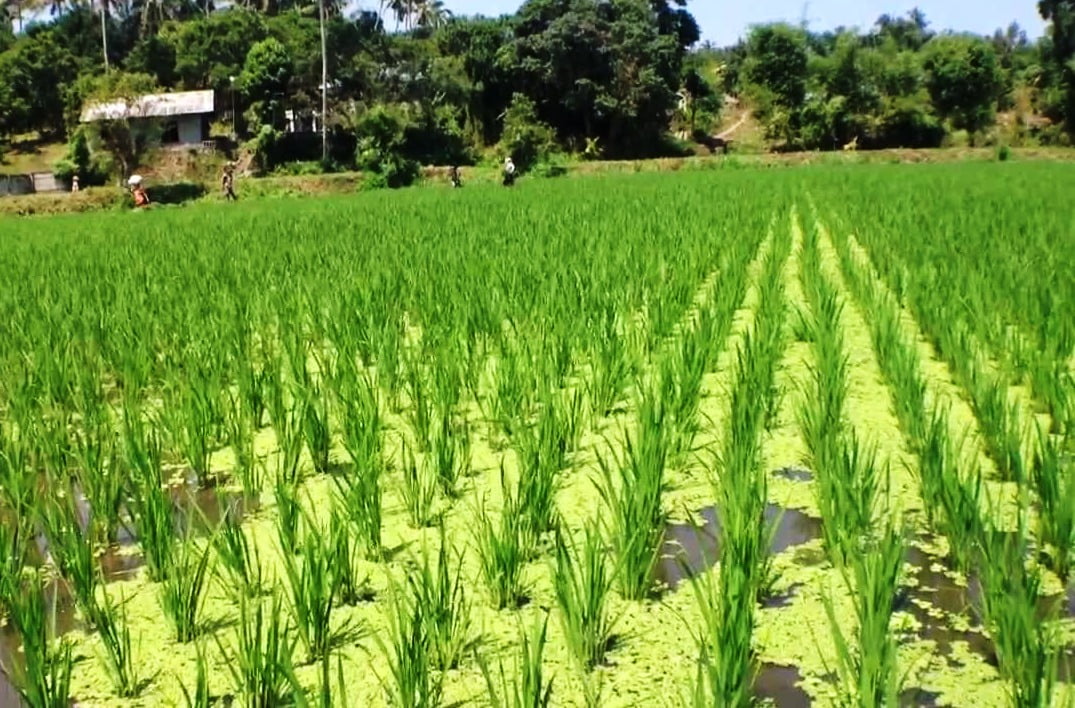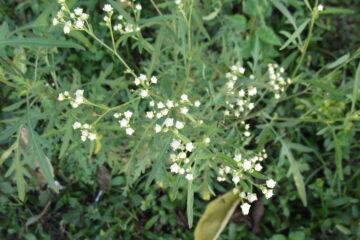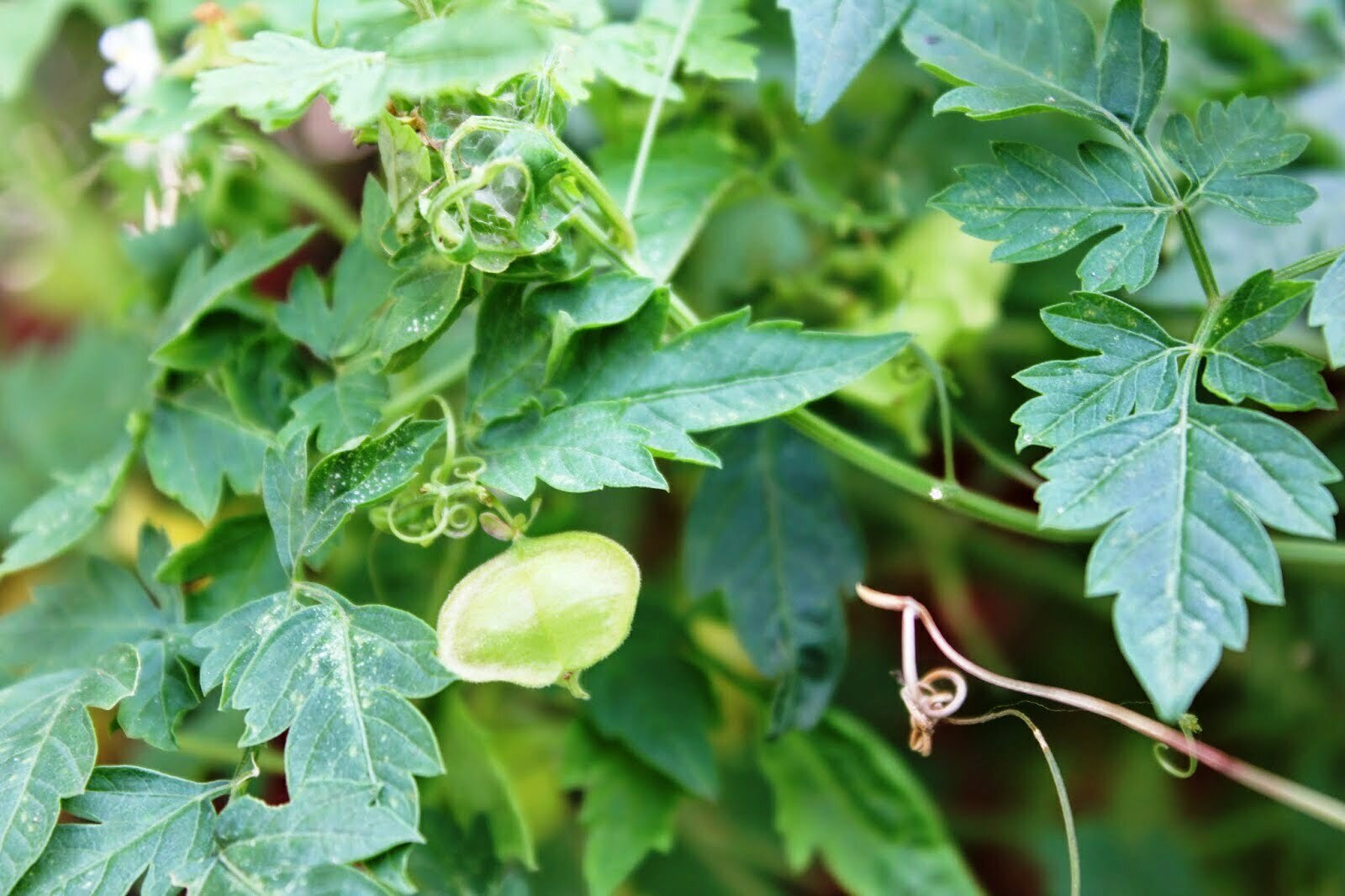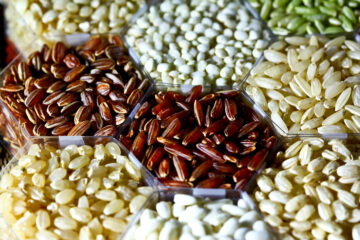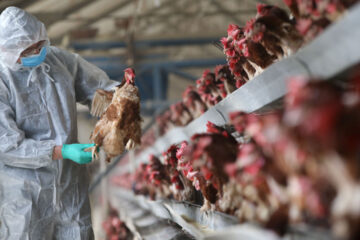Publication Date: September 2017
Azolla, a type of fern known for its symbiotic relationship with cyanobacteria (Anabaena), plays a crucial role in enhancing rice yield by maintaining nitrogen levels in the soil. Azolla floats on water and can fix nitrogen with the help of Anabaena, a blue-green algae that resides in its leaves. This symbiosis allows Azolla to be used in rice paddies, especially in Asia, to increase productivity. Azolla contains 0.2-0.3% nitrogen in its fresh form and 3.5% in its dried form.
Types of Azolla
There are seven species of Azolla, with Anabaena pinnata being the most common in India. It efficiently fixes nitrogen in rice fields, compensating for one of the major limiting factors in rice production.
Benefits of Azolla
Azolla is unique as it does not require soil to grow and can double its biomass in just 2-3 days. It helps absorb carbon dioxide from the atmosphere and contributes to mitigating climate change by promoting nitrogen fixation.
- Improved Soil and Productivity: Azolla not only fixes nitrogen but also suppresses weed growth due to its dense spread across the water surface. As it decomposes, Azolla releases nutrients like nitrogen and organic matter into the water, which is easily absorbed by rice plants.
- Soil Enrichment: It absorbs potassium more efficiently than rice, which is beneficial in potassium-deficient soils. When Azolla decomposes, potassium becomes available to rice crops, improving soil fertility and structure over time.
- Heavy Metal Absorption: Azolla helps in absorbing heavy metals such as chromium, copper, and zinc from wastewater, acting as a bio-filter in polluted water.
- Reducing Evaporation: By covering the surface of the water, Azolla reduces sunlight penetration, thereby minimizing evaporation and nutrient loss in rice paddies.
- Soil pH Regulation: Azolla also helps maintain soil pH balance and improves crop quality by providing growth-promoting factors.
- Methane Reduction: When cultivated along with rice, Azolla reduces methane emissions while boosting crop yield. It provides 40-60 kg of nitrogen to rice crops, making it an eco-friendly alternative to chemical fertilizers.
Azolla Cultivation Techniques
Azolla can be grown either as an intercrop or as a green manure crop. For intercrop cultivation, introduce Azolla to the field 7-8 days after rice transplantation. In solo cultivation, drain the water from the field four days before harvesting Azolla. Since Azolla reproduces vegetatively, a continuous source (inoculum) is required, which can be cultivated in a tank or pond throughout the year. A 4-5 m long, 2 m wide, and 0.5 m deep tank is ideal, requiring 250-500 kg of Azolla inoculum.
Methods of Growing Azolla
- Tray Cultivation: Use trays (2m x 1m x 20cm deep) made from iron, cement, r plastic. Fill the tray with 5-6 kg of well-sifted soil and water to a depth of 5-6 cm. Sprinkle 300-400 grams of rock phosphate over the soil and add the Azolla inoculum. Place the tray in sunlight, as Azolla grows rapidly in summer.
- Nursery Bed Cultivation: Allocate half of the rice nursery bed for Azolla cultivation. Divide the area into beds (20m x 2m), apply 250 grams of rock phosphate per bed, and fill with water. After 10 days, add 8-10 cm of water to promote Azolla growth.
Dr. T. Udhayanandhini, Dr. Vaishnavi, Dr. S. Sangamithra, Tamil Nadu Agricultural University, Coimbatore-641003.

